Belgian Malinois are renowned for their sharp senses and agility – traits that often leave owners wondering if these dogs have a sort of “night vision.” In this post, we’ll explore whether Belgian Malinois can see in the dark, how their eyes function in low-light conditions, and what you can do to support their vision. We’ll also cover tips on diet, supplements, and eye care (including cleaning their eyes with a gentle solution) to keep your Malinois’s vision at its best.
Natural Night Vision Abilities of the Belgian Malinois
Belgian Malinois, like most dogs, have evolved with natural advantages for seeing in dim light. Their eyes contain a high number of light-sensitive rod cells (more than humans have). This feature allows them to collect and process faint light more effectively.
In addition, Mals have a special reflective layer in the back of the eye called the tapetum lucidum. It acts like a mirror to bounce incoming light back through the retina. This gives the rods a second chance to absorb light, significantly enhancing night vision compared to humans. If you’ve ever noticed a dog’s eyes shining green or yellow in the dark, that’s the tapetum at work!
Another advantage is that Malinois (and other dogs) have relatively large pupils that dilate widely, letting in more light in dark environments.
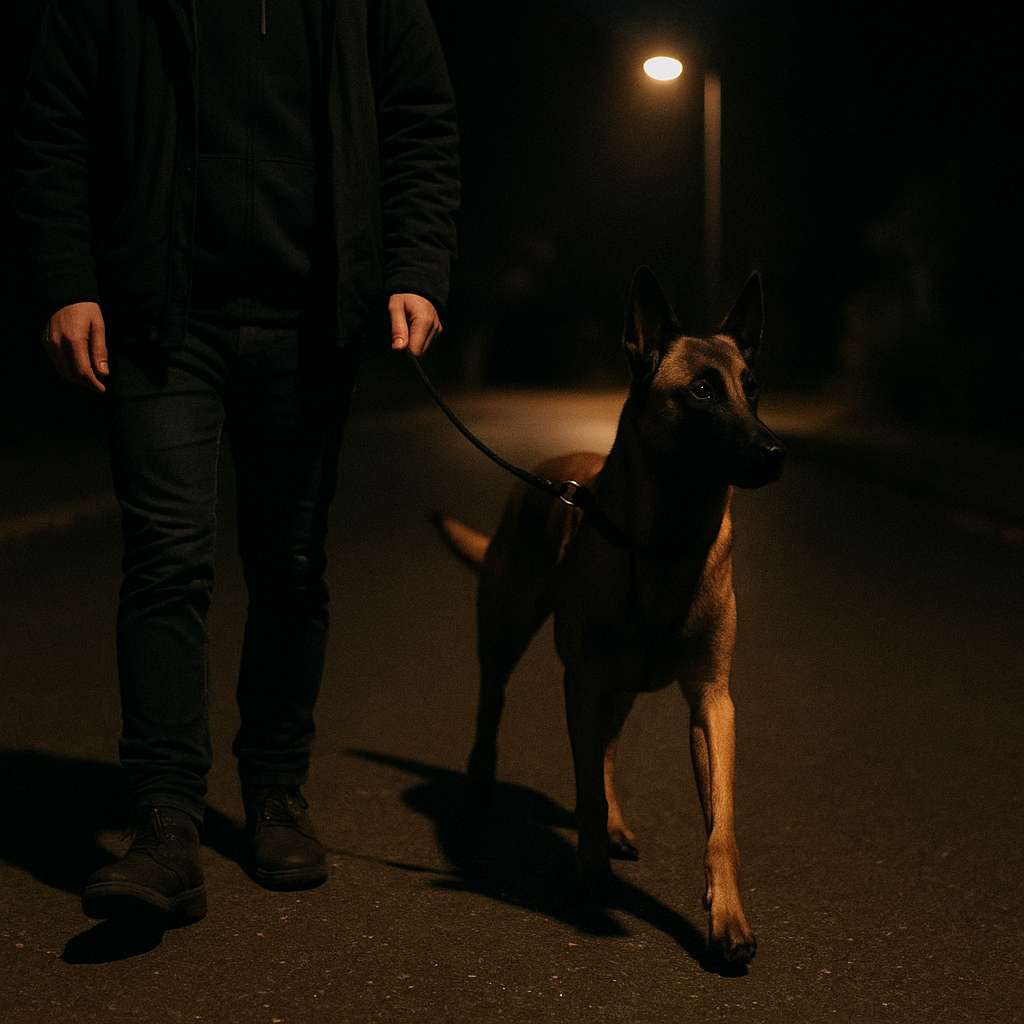
They are eyes are like ‘’guards’’
If we take a look at the history, wild canines were crepuscular (most active at dawn and dusk). Therefore, they needed to spot movement in twilight conditions. Today’s Belgian Malinois retain these low-light vision benefits. It’s one reason they excel in dusk or nighttime activities (for example, police or guard work). They can detect motion and shapes in much lower light than we can, giving them a distinct edge once the sun goes down.
That said, dogs cannot see in total darkness any more than we can. There must be some minimal light present for their eyes to function.
In an absolutely pitch-black room, a Malinois will be as blind as anyone. However, in typical night settings (starlight, streetlights, or a dim moon), they navigate far better than humans.
Since dogs are not nocturnal creatures, they still require at least a little light to stimulate their retina. If it’s completely dark, they’ll rely on smell and hearing instead. For this reason, it can help to use a soft nightlight in your home if your Malinois seems unsure in dark rooms. Even a faint glow is enough for their sensitive eyes to see comfortably.
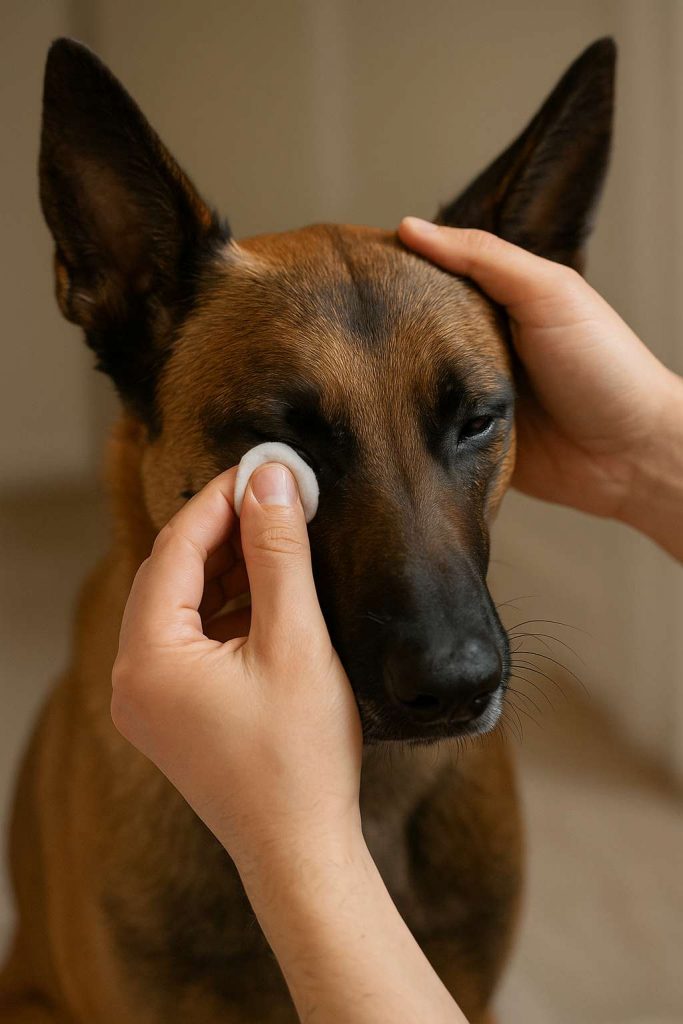
Ways to Support and Enhance Your Malinois’s Night Vision
Even though Belgian Malinois have formidable night vision naturally, there are steps you can take to support their eye health and low-light vision:
Nutrition for Eye Health
A balanced diet rich in key nutrients will keep your dog’s vision sharp. Vitamin A is crucial – it’s used to form retinal (a pigment in the eye) and supports the rods for night vision.
In fact, a deficiency in vitamin A can lead to poor eyesight in dim light, so ensure your Malinois’s food includes vitamin A or beta-carotene (found in ingredients like carrots, sweet potatoes, and liver). According to veterinarians, beta-carotene (pro-vitamin A) helps maintain good vision, especially in low-light conditions.
Additionally, include foods high in antioxidants (like blueberries, kale, and spinach) which contain lutein and zeaxanthin – compounds that protect the eyes from oxidative damage and support overall retinal health.
Omega-3 fatty acids (such as DHA from fish oil) are another great addition; they’ve been shown to benefit retinal function and are often recommended for canine eye health.
In one study, dogs given an antioxidant supplement (including lutein, vitamins C and E, and zinc) had significantly better retinal responses in low-light conditions than dogs on a regular diet.
In short, feeding your Malinois a high-quality diet with these nutrients (or using vet-approved vision supplements when needed) can help enhance their night vision and overall eye function.
Environmental Support
Set up your Malinois’s surroundings to aid their vision. While they see well at night, sudden changes from bright light to darkness can be disorienting for any dog. Consider using soft transitional lighting (like dimmers or nightlights) in areas your dog frequents at night, so their eyes can adjust more easily.
Keep the yard or house free of dangerous obstacles or sharp furniture edges – a dog’s superb night vision won’t prevent accidents if something is directly in their path and below their line of sight.
If you have an older Malinois or one with vision issues, try to avoid completely dark environments; a little ambient light can go a long way for their confidence. Many owners find that their dogs like to sleep in a slightly illuminated area rather than total darkness.
Regular Vet Check-ups
An often overlooked way to support your dog’s vision is through routine veterinary eye exams. Belgian Malinois are generally healthy, but as they age (or if you notice any vision changes), getting their eyes checked can catch problems early. The American College of Veterinary Ophthalmologists even recommends annual eye exams for dogs, especially in breeds prone to genetic eye issues.
Early detection of conditions like cataracts or retinal changes means you can start supportive care or treatment sooner, which might help preserve your Malinois’s night vision for longer. Keeping up with general health checks also ensures diseases like diabetes or hypertension (which can affect the eyes) are kept under control.
Eye Care: Keeping Your Malinois’s Eyes Clean and Comfortable
Can Belgian Malinois see in the dark is one of the questions frequently ask dog owner who want to use these dogs as night watchdogs.
Just like any athlete needs their equipment in top shape, your canine “night vision goggles” should be kept clean and healthy. Regular eye care can prevent minor issues from becoming major and help your Malinois see clearly. Dust, pollen, or dried tears can irritate the eyes and potentially blur your dog’s vision, so gentle cleaning is key.
One effective practice is to wipe your dog’s eyes and face after active play or outdoor adventures. Use a soft damp cloth or a vet-recommended sterile eye wipe to remove any debris or crust around the eyes. This simple habit reduces irritation and the risk of infection.
Additionally, you can use a pet-safe eye drop solution to flush the eyes and keep them moisturized. One of the best solutions you can use for cleaning Belgian Malinois eye area is our Belgian Malinois Eye Solution.

It provides an anti-bacterial effect, removes excessive secretion and releases itchiness. So, if your dog suffers from allergies, this solution will definitely help him/her.
A few drops around each eye can help rinse away foreign particles like dust or allergens that your Malinois might encounter during the day. By keeping their eyes clear of gunk, you’re ensuring they have crisp vision when night falls.
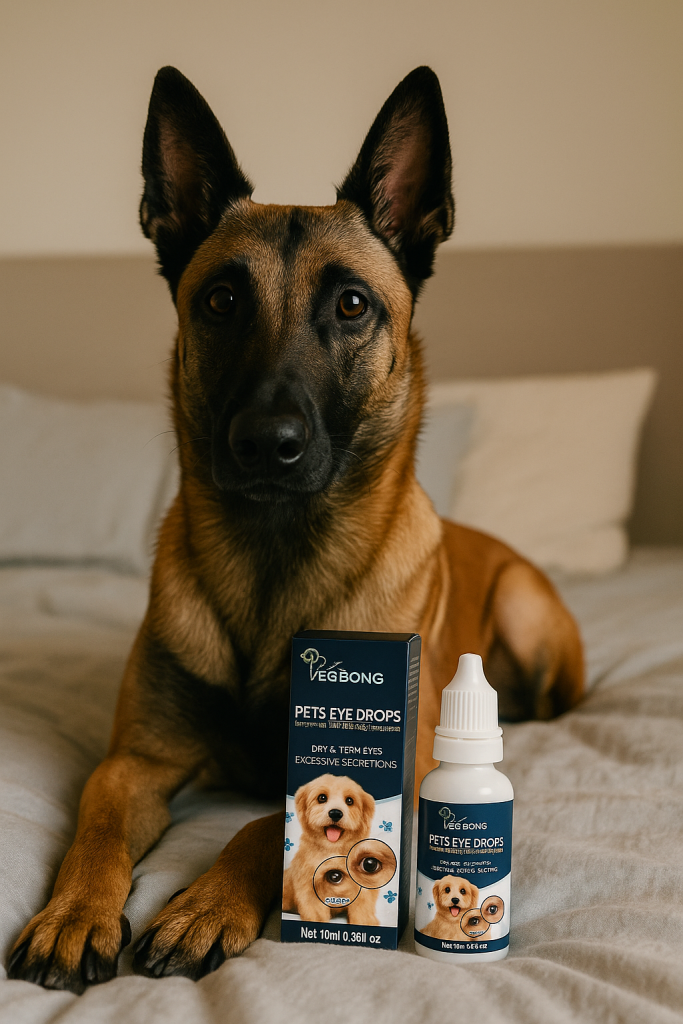
Look for products that contain Lanosterol
What’s special about some advanced eye drops is the inclusion of ingredients like lanosterol. Lanosterol has shown promise in research for maintaining lens transparency. Early studies even suggest it may help dissolve or prevent certain types of cataracts by stabilizing the proteins in the eye’s lens.
Beyond drops, pay attention to your dog’s eye area hygiene: keep the fur around their eyes trimmed (to avoid pokes or trapped moisture). Also, make sure their bedding is clean. That’s how you’ll reduce chances of irritation or infection.
If you ever notice redness, squinting, or unusual discharge from your Malinois’s eyes, don’t ignore it. Prompt cleaning and vet consultation can prevent small issues from impairing their vision – during the night or day.
Common Eye Problems in Belgian Malinois
Even with good care, Belgian Malinois can inherit or develop a few eye conditions. Being aware of these issues means you can catch them early and seek treatment. Here are a few common eye problems Malinois may be prone to:
Progressive Retinal Atrophy (PRA)
An inherited degenerative disease where the retina gradually deteriorates, leading to blindness. Belgian Malinois are one of the breeds more prone to PRA. Early signs often appear around 3–5 years of age and include night blindness – your dog might struggle to see in dim light or be reluctant to go out in the dark.
As PRA progresses, day vision also fails. Unfortunately, there is no cure for PRA, but dogs adapt well to blindness with some help (and it’s painless). Responsible breeders will screen for PRA genes to avoid passing this on.
Cataracts
A cataract is a cloudy opacity that forms in the lens of the eye, hindering light from reaching the retina. Cataracts are a common cause of vision loss in older Malinois and are often hereditary in this breed.
You might notice a bluish-gray or milky appearance in one or both eyes. A dog with cataracts may have difficulty seeing, especially in low light or when catching toys. Small cataracts might not bother them much, but large mature cataracts can cause significant blindness.
In many cases, cataracts can be removed surgically by a veterinary ophthalmologist to restore vision. Regular vet checks can catch cataracts early – sometimes anti-inflammatory eye drops are used to slow their development.
Pannus (Chronic Superficial Keratitis)
Pannus is an immune-mediated condition affecting the cornea, often seen in German Shepherds and Belgian Shepherds like the Malinois. In pannus, inflammatory cells invade the clear cornea, creating a pigmented, opaque layer (almost like a “suntan” on the eye) that can lead to blindness if untreated.
It typically starts as a faint haze or pink film at the eye’s edge and progresses inward, sometimes appearing as a brown pigment on the eye surface. UV light worsens pannus, so high altitudes or bright sun can accelerate it.
Treatment usually involves lifelong eye drops (such as corticosteroids or cyclosporine) to suppress the immune reaction and doggy sunglasses to protect from UV rays. With diligent care, pannus can be managed and the dog’s vision preserved.
Glaucoma
Glaucoma is a serious eye condition where fluid buildup increases intraocular pressure, causing pain and potentially rapid blindness. It can be primary (hereditary anatomical issue) or secondary to other eye problems.
While not uniquely common in Malinois, any dog can develop glaucoma, and some sources include Malinois among breeds that may have a predisposition to it. Signs include a swollen or bulging eye, redness, tearing, and the dog may rub or keep the eye shut from pain.
Acute glaucoma is an emergency – it can blind a dog in a day or two if not treated. It’s treated with pressure-reducing eye drops and sometimes surgery. If you ever see these symptoms, seek a vet immediately.
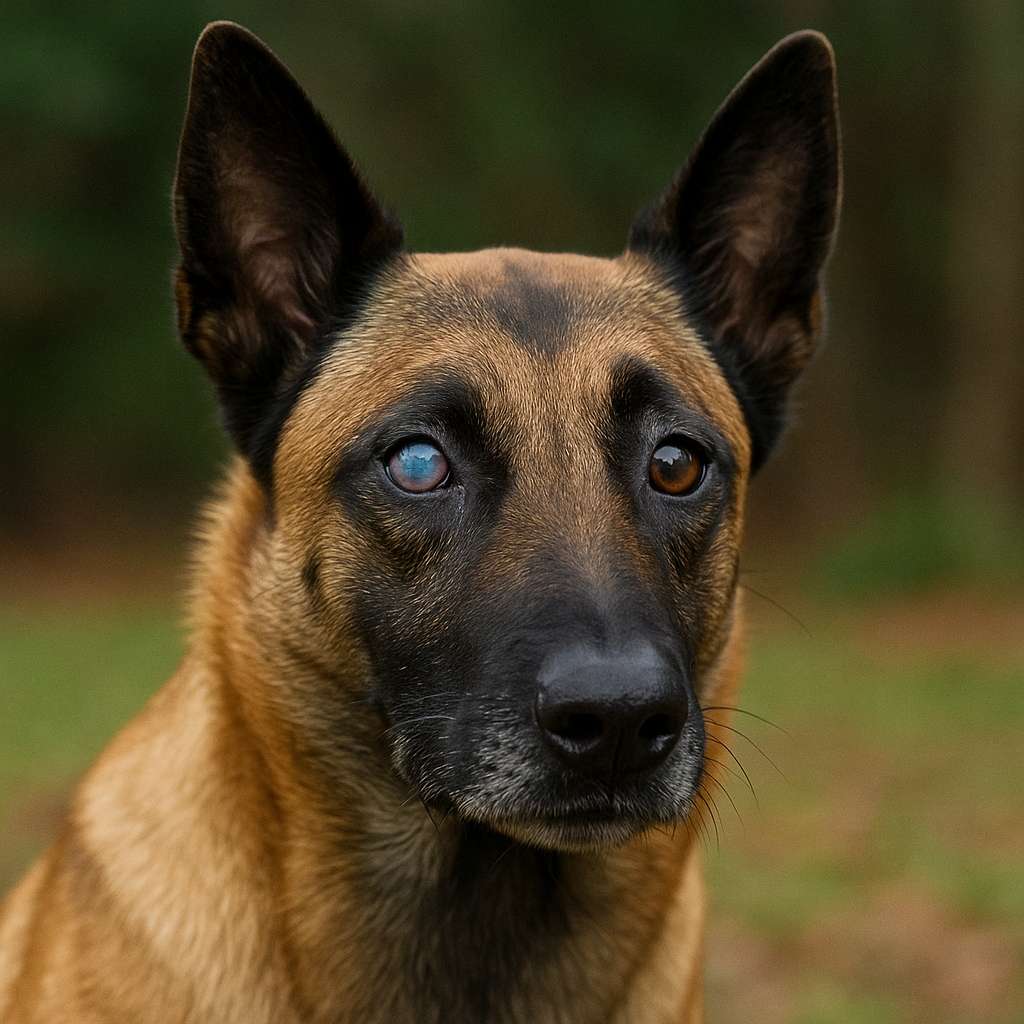
Can Belgian Malinois See In The Dark: Conclusion
Belgian Malinois might not have supernatural night vision, but they certainly have better low-light eyesight than we do – an evolutionary gift from their wild ancestors.
By providing your Malinois with the right nutrition, supplements for eye health, a supportive environment, and regular eye care (including keeping those peepers clean and moisturized), you can enhance their natural abilities and ensure they stay comfortable after dark. Always stay observant for any signs of eye trouble, and consult your veterinarian with any concerns. With proper care and a little preventive attention, your Belgian Malinois will be well-equipped to see clearly in the dark and enjoy all the adventures day or night.

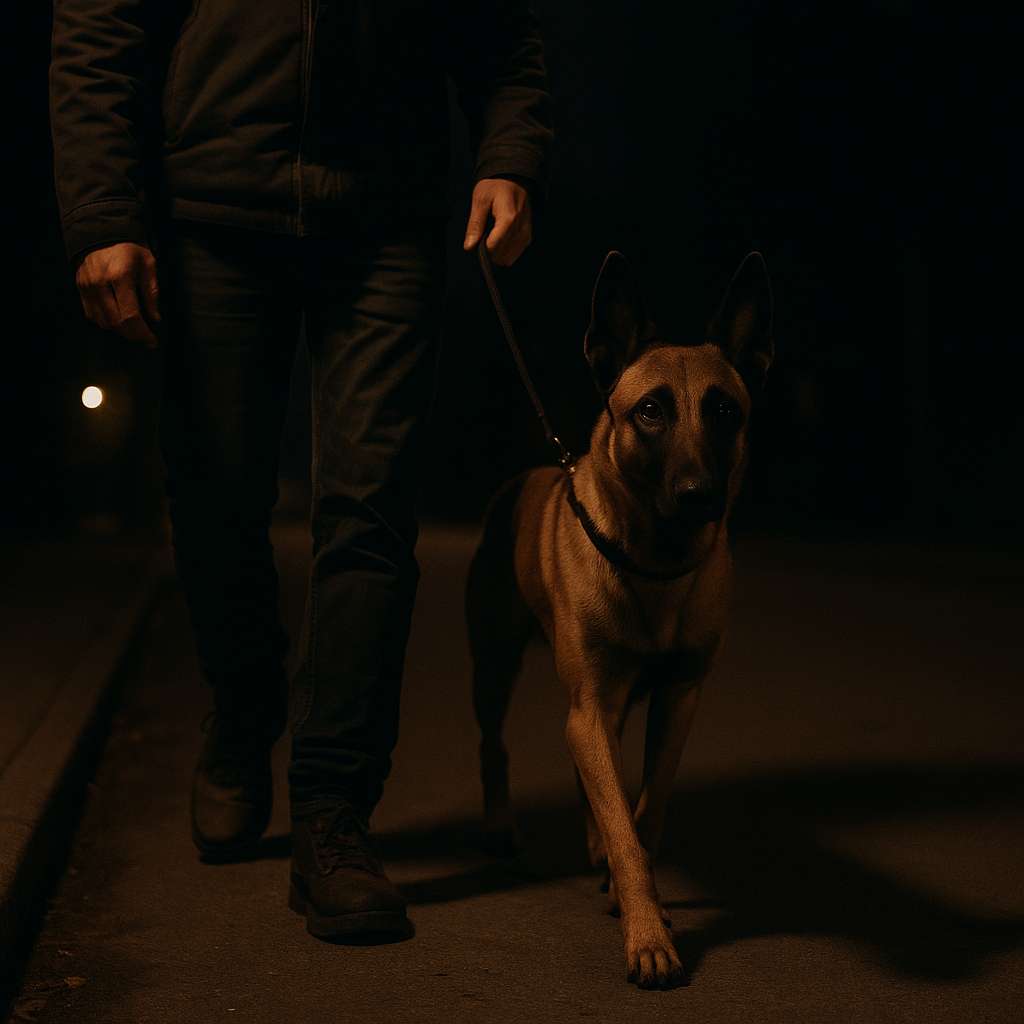
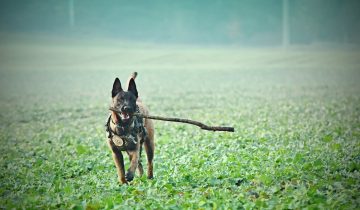

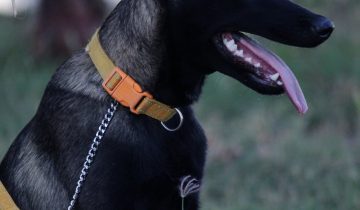
 No products in the cart.
No products in the cart.